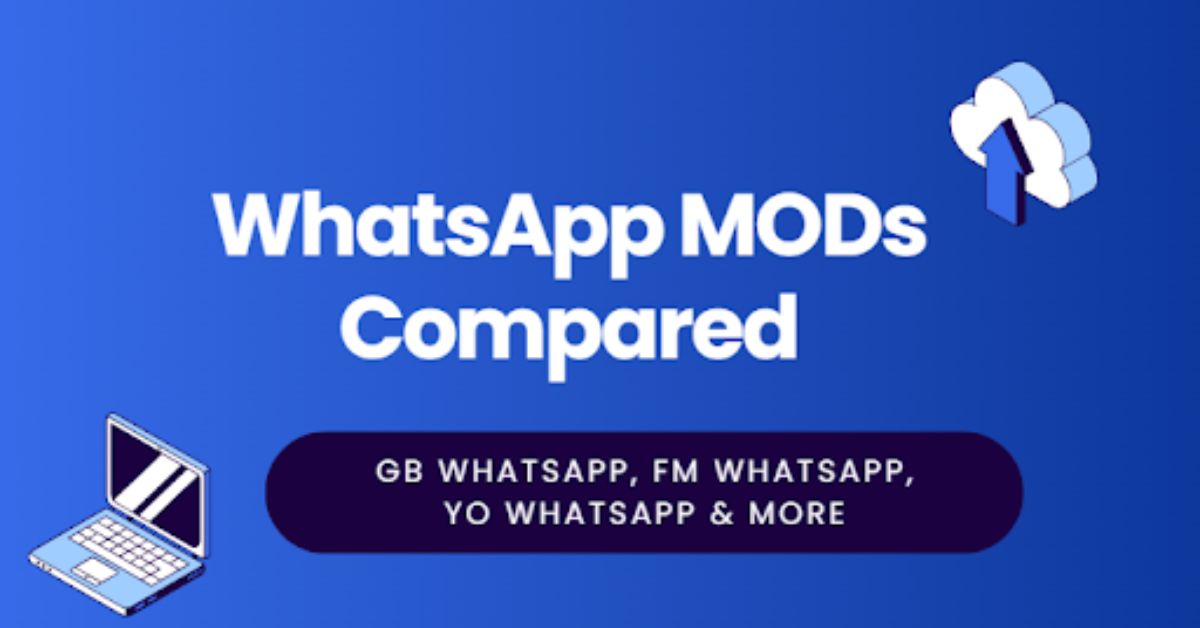In today’s highly competitive business landscape, inbound marketing for businesses has become a critical tool for driving growth and enhancing visibility. Unlike traditional outbound marketing methods that push messages to customers through ads and cold calls, inbound marketing focuses on attracting potential customers by providing valuable content and experiences. This customer-centric approach allows businesses to build trust, engage with their audience, and convert leads into loyal customers.
In this article, we’ll explore how inbound marketing can be used to unlock success by fostering business growth and increasing online visibility.
1. Understanding the Inbound Marketing Approach
Inbound marketing is centered around creating meaningful and valuable content that attracts your target audience to your brand. Instead of interrupting potential customers with unsolicited messages, inbound marketing draws them in by addressing their needs and offering solutions to their problems. This approach builds trust and fosters stronger relationships with your audience, making it more likely that they will choose your products or services when ready to make a purchase.
The core stages of inbound marketing include:
- Attract: Drawing the right visitors to your website through content marketing, SEO, and social media.
- Engage: Building lasting relationships by providing valuable content and personalized interactions.
- Delight: Turning leads into customers and customers into promoters by delivering an exceptional experience.
Businesses that embrace inbound marketing focus on delivering value at every stage of the customer journey, resulting in long-term growth and customer loyalty.
2. Driving Traffic with SEO and Content Marketing
One of the most effective ways to enhance visibility and attract potential customers is through search engine optimization (SEO) and content marketing. Creating valuable content that addresses the needs and interests of your target audience not only builds trust but also improves your website’s ranking on search engines like Google.
Here’s how to leverage SEO and content marketing for growth:
- Keyword Research: Conduct thorough keyword research to identify the search terms your audience uses when looking for solutions in your industry. Incorporate these keywords naturally into your blog posts, product descriptions, and landing pages.
- High-Quality Content: Publish informative, engaging, and well-researched content that solves your audience’s pain points. This could include blog posts, eBooks, whitepapers, infographics, and videos.
- On-Page SEO: Optimize your content for search engines by using proper meta tags, header tags, internal links, and alt text for images. Ensuring a fast, mobile-friendly website also plays a critical role in ranking higher in search results.
- Link Building: Earn backlinks from reputable websites, which signals to search engines that your content is valuable and trustworthy. This helps improve your website’s authority and organic rankings.
By combining SEO with high-quality content, businesses can drive organic traffic, reach new audiences, and improve their online visibility.
3. Engaging Leads Through Personalized Experiences
Inbound marketing isn’t just about driving traffic—it’s about engaging leads through personalized experiences that address their needs and build meaningful relationships. EireDigital excels at implementing personalization across various touchpoints, including email marketing, social media interactions, and website content, ensuring that every engagement is tailored to resonate with potential customers.
Here are some ways to engage leads with personalized marketing:
- Email Marketing: Segment your email list based on demographics, behavior, or purchase history. Use personalized email campaigns to nurture leads with relevant content, special offers, or product recommendations.
- Dynamic Website Content: Tailor your website content to different audience segments. For example, returning visitors can see personalized content based on their previous interactions with your site.
- Chatbots and Live Chat: Use chatbots or live chat features to engage with visitors in real-time. These tools can answer questions, offer product recommendations, and guide users through the buying process.
Personalized experiences demonstrate that you understand your audience’s unique needs, increasing the likelihood of conversions and building long-term customer relationships.
4. Lead Nurturing and Automation for Enhanced Efficiency
Lead nurturing is a critical component of inbound marketing, and marketing automation can make the process more efficient. By using automated workflows, businesses can engage leads over time, providing relevant content at each stage of their buyer’s journey.
Here’s how to use marketing automation for lead nurturing:
- Automated Email Workflows: Set up automated email workflows that send targeted messages based on user behavior. For example, if a visitor downloads an eBook, you can automatically send them follow-up emails with related content or product offers.
- Lead Scoring: Use lead scoring to prioritize leads based on their engagement with your website and content. This helps your sales team focus on the most qualified leads.
- Behavior-Based Triggers: Automatically send personalized content based on specific actions taken by a lead, such as visiting a product page or signing up for a webinar.
By streamlining your lead nurturing process with automation, you can save time, increase efficiency, and ensure that no lead is left behind.
5. Social Media for Enhanced Brand Visibility
Social media platforms like Facebook, Instagram, LinkedIn, and Twitter are essential channels for building brand awareness and engaging with potential customers. Inbound marketing on social media focuses on creating valuable, shareable content that resonates with your audience and encourages interaction.
Here’s how to use social media to enhance visibility:
- Consistent Posting: Regularly share valuable content, such as blog posts, videos, and infographics, to keep your audience engaged and interested in your brand.
- Engagement: Respond to comments, messages, and mentions to foster a sense of community and build relationships with your followers.
- Influencer Collaborations: Partner with industry influencers to expand your reach and increase brand credibility. Influencers can help amplify your message and introduce your brand to new audiences.
- Paid Social Advertising: Boost your visibility by running targeted ad campaigns that reach specific demographics. Paid ads on social media can help drive traffic, generate leads, and increase conversions.
Social media marketing enhances brand visibility, allowing businesses to reach a wider audience and engage with customers on a more personal level.
6. Analyzing and Optimizing Campaign Performance
To ensure long-term success, businesses need to continuously analyze and optimize their inbound marketing efforts. By tracking key performance metrics, you can identify what’s working and what needs improvement.
Some important metrics to track include:
- Website Traffic: Monitor the volume and sources of traffic to your website. Are visitors coming from organic search, social media, or email campaigns?
- Conversion Rates: Measure the percentage of visitors who take a desired action, such as signing up for a newsletter or making a purchase.
- Lead Generation: Track the number of leads generated from your inbound marketing efforts and analyze which strategies are most effective.
- Customer Lifetime Value (CLV): Assess how well your inbound marketing efforts are contributing to customer retention and long-term revenue.
Use these insights to refine your strategies and make data-driven decisions that enhance your marketing efforts and drive growth.
7. The Long-Term Benefits of Inbound Marketing
One of the biggest advantages of inbound marketing is its ability to deliver long-term results. Unlike paid advertising, which stops driving traffic once the budget runs out, inbound marketing continues to generate leads and engage customers long after the initial investment. High-quality content, SEO, and social media engagement create a lasting impact, ensuring that your business continues to grow and thrive.
Inbound marketing not only helps businesses enhance visibility and drive traffic but also builds trust and credibility, resulting in loyal customers who advocate for your brand.
Conclusion
Inbound marketing for businesses is a powerful tool for enhancing growth and visibility. By leveraging strategies like SEO, content marketing, personalized experiences, lead nurturing, and social media engagement, businesses can attract and convert leads, build meaningful customer relationships, and drive long-term success. Inbound marketing is a customer-centric approach that delivers sustainable growth and establishes your business as a trusted authority in your industry.











